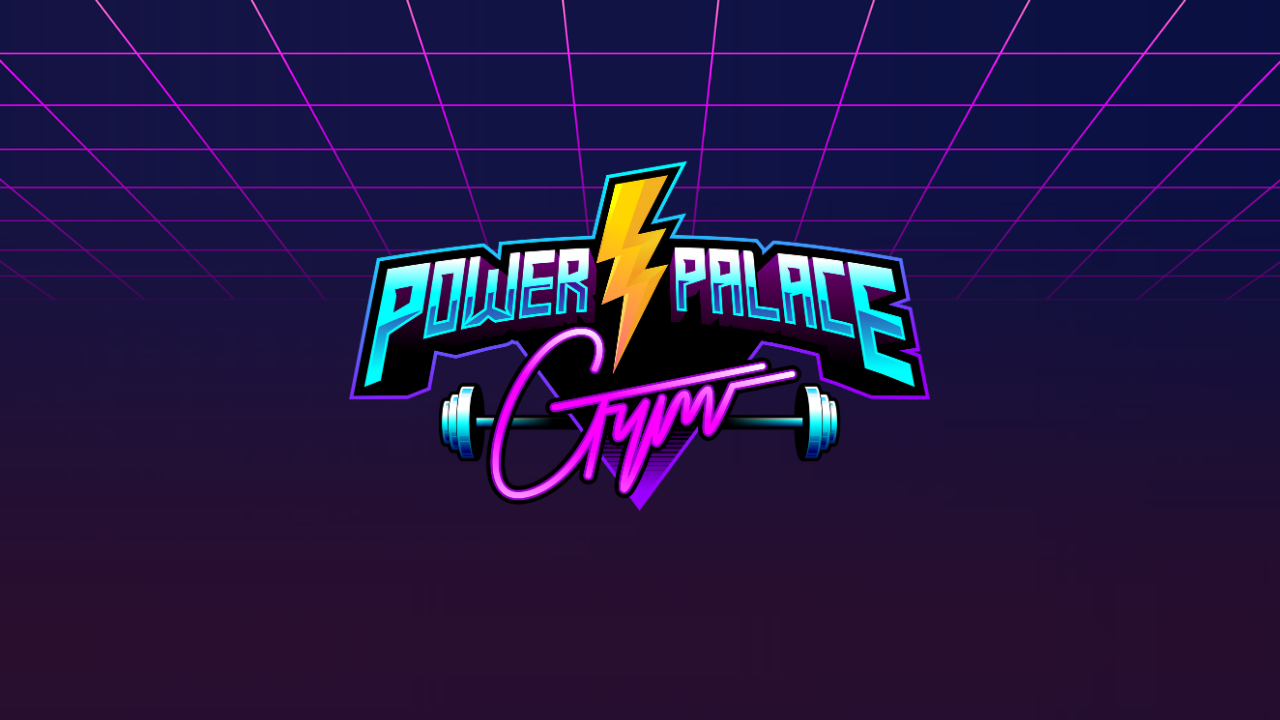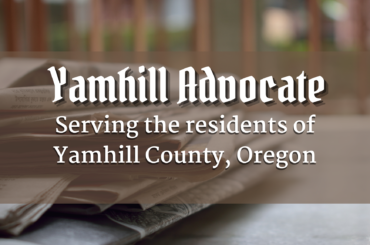I originally wrote this post for the reddit community r/bodybuilding but the moderators removed the post. I guess that community is just for people to spam their progress photos now and not for actually sharing useful information anymore.
I am reposting it here in the hopes others may find the information useful.
Hello r/bodybuilding I opened a 1980s / 90s themed bodybuilding & powerlifting focused gym last June 11th (Power Palace Gym) so we just celebrated our one year anniversary. I’ve invested heart and soul into trying to create the best training environment I can afford to build, tracked down a lot of old school American made equipment from the era and a ton of original posters from bodybuilding magazines. At times I over-spent to make this dream possible; I’ve invested around $85,000 USD into running this gym.
I’m happy to say the gym is now earning its keep, we have 254 members as of today, which is enough for the gym to pay its rent and insurance, and have additional money for space improvements / new equipment pickups. I think there is potential to grow to at least 400 members.
Video link to tour of my gym for proof : https://www.youtube.com/watch?v=KH1HJ89iw_w&ab_channel=PowerPalaceGym
So I am making this post because I honestly found very, very little useful information online in how to create a new independent bodybuilding / powerlifting focused gym and I thought making a post sharing my thoughts might be helpful to others. All the literature online that I could find about starting a gym business was about providing boutique gym / personal training or Cross Fit gyms, or something else heavily class based. I wanted to instead create a 24 hour gym where personal training is offered but wasn’t heavily pushed to be the end all, be all for the gym’s revenue stream or trying to sell people a ton of supplements.
I wanted to create an old school Gold’s Gym or Powerhouse style environment. So far I’ve managed to get my gym into a place where the gym earns enough to pay its monthly expenses and I have half of the revenue remaining for space improvements / new equipment additions / paying me something back, which I think is a big accomplishment considering I was told by many people when I talked about doing this that I would never be able to compete with any of the chain gyms near me.
So here are the answers to the big questions I had when I was trying to research how to start an independent bodybuilding gym and could not find much to go on, and had to find my own answers with research and experience:
Question 1. How much startup capital do I need?
Answer: I had about $65,000 to budget. I sold a very nice Airstream trailer I was previously living in for $70,000 and used part of the money to pay off some debts, and the rest devoted to the gym business. I spent around $30,000 of that in equipment purchases right off the bat, which I started purchasing before I even had a location lined up. I was fortunate in that I could store equipment I acquired pre-location in my father’s backyard property under a number of tarps to keep them out of the rain and one storage unit for anything I could not risk getting too exposed to the weather. I started purchasing equipment 7 months before I had a lease for the location signed.
Question 2: How to find a location?
Answer: My biggest challenge with the location is under the local zoning in my city (Newberg, Oregon) that was passed in 2020, you cannot create a gym in an industrial / warehouse area unless you pay over $100,000 in system development fees. This is one of the reasons why the previous gym all of the bodybuilders / powerlifters went to shut down during covid; they were unable to work out an arrangement with their landlord during Oregon’s mandatory state enforced shutdown of all gyms. The owner of that gym found another warehouse owner who would let him move there and work with him, but the city wanted him to pay six figures in SRDs just to move down the same street.
I had to find a space that would work as a gym in a shopping mall that was zoned for fitness centers, and there are only two shopping centers in my town with any space for a gym. The other one has an Anytime Fitness with a non-compete clause with the plaza owner, so no other gym can be leased into that plaza. The shopping plaza I am in has other fitness businesses (a spin class center and a martial art school) but did not have a weight lifting gym. Unfortunately, the spin bike center has a non-compete for yoga and aerobics classes, so I cannot generate revenue by offering these classes at my gym. I also cannot offer karate classes due to the martial art school.
The location had previously been occupied by a physical therapy business, so it had been divided into a number of exam rooms with a large open area where their weight machines were at. I took down almost all the exam rooms and left the office room and reception desk where it was. The space also had separate bathrooms for men and women with two showers in each, and two office rooms near each bathroom which I converted into locker rooms. It also had a washer dryer hookup so I could easily do laundry for the towel service onsite, which is super convenient.
Question 3. How to find equipment?
Answer: 90% of every piece of equipment I purchased from someone who listed it on Facebook Marketplace, who had it in their garage and wanted to get rid of it at a price well below market value.
A lot of gyms in Oregon and Washington went out of business during covid shutdowns during 2020. Many of these gyms sold their equipment to members at heavily discounted rates, who then put these pieces into their apartments and houses, garages, etc. So when gyms re-opened with mask mandates in 2021, people were willing to sell the equipment at very low prices. For example, I got a Maxicam crossover machine with a 200 lb stack on both sides for $50 because the dude had put it into his apartment and nobody else wanted to carry it down the steps and slanted driveway (very common in Portland). Almost every piece of equipment I purchased was around $100 to $300. It was often cheaper for me to purchase machines with 250 lb weight stacks on them than to buy 250 lbs worth of weight plates, and it was not until I signed a lease for the gym space that I started scrambling to purchase weight plates, almost all of which I was fortunate to buy at $1 a lb or less as luckily prices on weight plates started dropping from $4 a lb to $2 and $1 a lb by the time I signed the lease, and the mask mandate on gyms in Oregon had ended. So there was this sweet spot in Oregon and Washington where you could buy Hammer Strength and old school Nautilus equipment (chain and cams) for hundreds of dollars, and I took advantage of it to acquire as much as I could. I did often have to be willing to drive hours into the middle of nowhere in Oregon / Washington, very rural areas to get some pieces but it was worth it for the price points on the equipment. I loaded equipment onto a car trailer that I borrowed from my dad, secured down with straps.
I was actually able to find nearly every piece of equipment on my “wish list” before I opened the gym to the public, including a Nautilus chain and cam pullover which I thought would be notoriously hard to find.
I skimped on cardio equipment, purchasing used home gym treadmills models that managed to last a whole year of operation before I recently replaced with commercial ones.
The only brand new equipment I had when I launched was Rogue Ohio Power Bar, Rogue Hybrid Bar and Rogue Ohio Deadlift bar, two Titan X-3 power racks (bolt down) and a Titan deadlift platform with band arms. I also bought a few accessories off Amazon for cable crossover and lat pulldown. I also bought the horse stall mats for flooring brand new from Winco. Everything else in my gym I found used on Facebook Marketplace when I opened.
Since opening I acquired some used cardio equipment from a local equipment supplier which I make monthly payments on, one commercial treadmill, one stepmill, and a concept 2 rower. I also make payments on a few additional Hammer Strength pieces I purchased from a gentleman that used to have a gym that shut down. I also purchase more used equipment off Facebook marketplace as funds allow, if it’s something I think would be a good addition to the gym.
Question 4: How to find a good payment system CRM with integrated door access for tracking visitors?
Answer: I spoke to a variety of companies on the phone, but the cheapest one was Gym Master, which are based in New Zealand. I went with them. Actually, this was the big learning curve because I went into it blind with very little guidance. They have limited companies they can work with for payments, and don’t normally use Authorize dot net (which is the most popular payment gateway for e-commerce and which I’ve used for other businesses). I had to go through Bluefin, which I was very unfamiliar with. I found many companies would not work with a brand new gym business, as they considered gyms to be risky ventures since the covid shutdowns. Actually I was told I would need to pay a 10% charge on every credit card transaction so I elected to exclusively use ACH only, direct deposits which only cost 30 cents per transaction. I was concerned this would be a huge hindrance for customer signups but it has actually been a pretty easy sell, the main hindrance being whether the customer has their bank info in their phone’s bank app or not. If not they usually come back with the info later that day to signup.
Gym Master has a magnetic lock vendor their system is recommended to be used with, which I bought. I mistakenly assumed I could hire a locksmith to install it, but it turns out I had to hire an electrician to do the wiring, which cost me $2,000 to do. Most electricians I called asking to do it refused to do it, because they said it was a pain. It did take the electrician who did it all day to wire the system up and make sure it worked correctly. It was worth the investment because being a true 24 hour gym where people can scan themselves in at night when I am not there is a big selling point. I have security cameras installed, and since I screen every member and collect their personal details including driver license number during signup we’ve never had any theft inside the gym all this time.
Question 6: What is my Business model?
Answer: I don’t lock customers into yearly or monthly commitments. I do month to month contracts that auto renew and which can be canceled with 30 days notice, or they can pay full year in advance for a 10% discount. I used a flex pricing structure where the first person is $54.99 a month, and the 2nd person is $24.99. If they add more than four then it drops down to $19.99 per additional person but there is still the initial $54.99 fee for the main account holder.
This has allowed me to be price competitive against the local chain gyms for large families, while knowing many of the family members will rarely use the gym. We have a few people who use the family plan to add their friends, and that is fine because I realize the main account holder is bringing me more customers. There have been several occasions that people’s friendships end and people need to make their own accounts to keep attending, so it helps get people into the door.
I was told by many that not doing long term commitment terms would mean people would instantly leave but we have very high retention. I have some people who need to cancel temporarily for a month or two, and then return when their finances are better / injury recovers. My philosophy is that many would not return if they had a bad experience, and I speak from my own negative experiences at chain gyms which are notoriously difficult to leave. Making it painful for someone to leave the gym temporarily means you lose them as a potential return customer and motivate them to leave negative reviews about your gym. Despite how easy it would be to leave, I have a lot of high school boys who train at my gym instead of the local Planet Fitness, which is doing its free teen summer deal. There is a segment who want a real old school gym environment so they can work out like Arnold, Tom Platz, Sergio Oliva, and others whose posters are all over my gym walls and that is what my gym offers that no one else around here is providing.
Question 7: How to do marketing for the new gym business?
Answer: I upload social media videos about the gym and then share them into local Facebook groups in my area. That has been the primary source of advertising. I have done paid postcard ads twice, not found to be hugely useful. I have had some limited success with Facebook video marketing and usually will get a few customer signups for every $100 I spent, but there is a limit on the usefulness of this. I’ve had people come in months after I did a paid promotion finally checking out the gym, so mostly it’s just trying to build awareness so people come to my gym when they are ready to get into a gym at all. I also made my own website and SEOed it myself, and I am at the top search results for gyms in my area.
I am also constantly spammed with scammers trying to sell me “lead generation services”, which just want me to pay for Facebook ads they will run or want a large chunk of the money from signups. I also get constant robocalls from scammers pretending to be Google Business claiming I need to pay fees for my listing. Yelp is always trying to charge me money as well to improve my rankings on their site / app, but I am already at the top of results. Yelp does seem to hide most of the positive reviews from my actual members and leave the troll reviews, which I assume are from competitors, but since most people don’t use Yelp anymore I see no reason to pay just so Yelp will show the real reviews. My Google listing reviews are very positive aside from a few troll reviews. Since I have personally signed up everyone at the gym, I know they never were in the gym to begin with.
Word of mouth from club members who are having a good experience has been the best source of new customers.
Conclusion:
I hope this info has been helpful to others seeking to create a gym similar to mine. Many say this business model for old school style bodybuilding gyms cannot thrive but my gym is proving otherwise. I suppose I could hypothetically make more revenue if I did a CrossFit gym but this model is significantly less maintenance as an owner, and over time I think can be a very successful gym once we get up to 400 members. Besides this, I feel that creating a special place for bodybuilding to thrive in my home town is contributing something to it and the sport. We have a few people training here that could be future contenders, and there are many young men here who have told me opening this gym is the best thing to happen in town.
If anyone has any additional questions I am happy to try to answer them.




